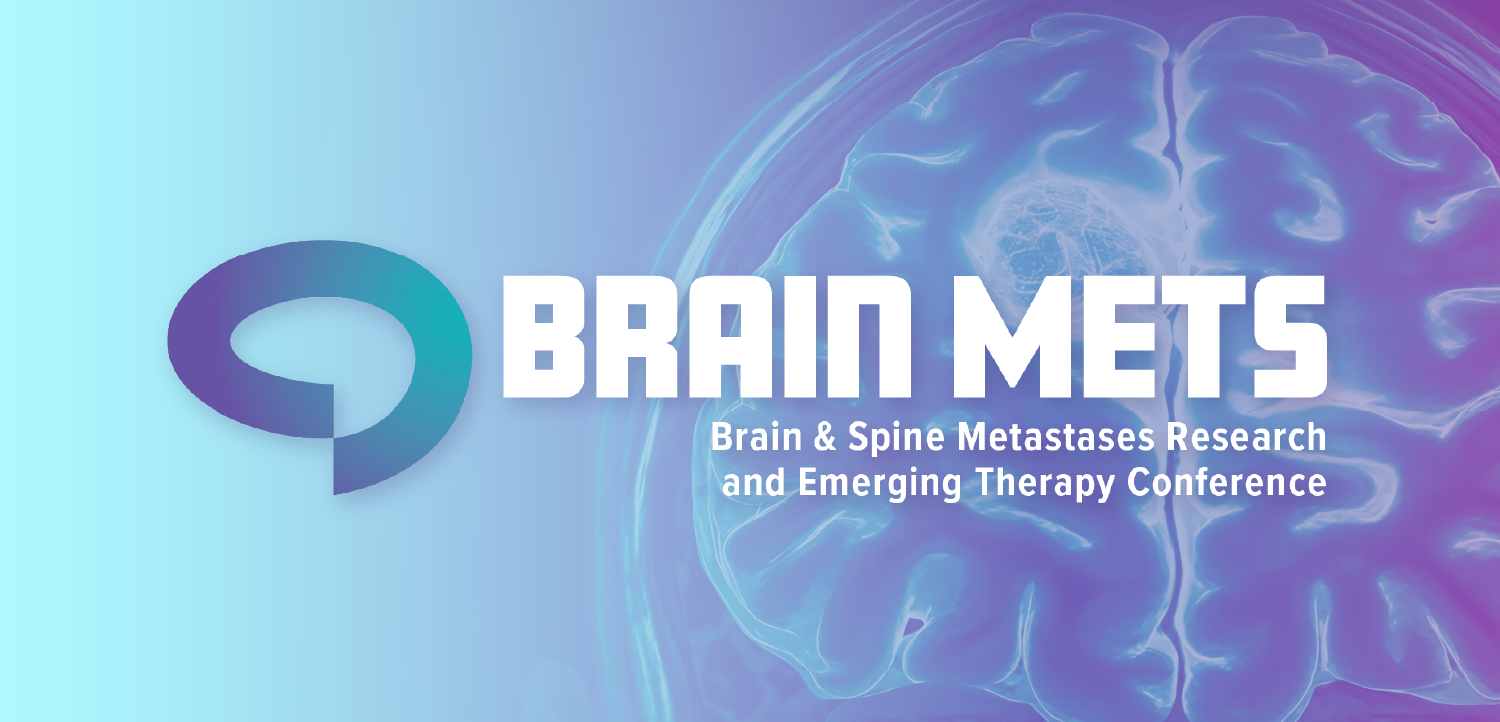
Social Robots Might Improve Psychosocial Interventions, But Results Remain Murky
The technology could improve self-guided health programs.
Social robots — human and non-humanoid machines that can interact with people — have the potential to
Progress can already be seen in
A
When emerging robotic technologies mature, researchers believe they will be useful in delivering self-guided health programs. In addition to being more cost-effective and scalable, these interventions can remove the variable of perceived human judgment.
With social robots taking over low-intensity, routine tasks, therapists would be available to do more individualized work.
“Practitioners should be spending as much time as possible on the tasks that they are trained to do incredibly well, such as counselling or caring for patients during their treatment process,” said lead researcher Nicole Robinson, Ph.D., a Research Fellow at the Australian Centre for Robotic Vision at Queensland University of Technology.
The hope is that robots will be able to complete simple tasks, demonstrate skills and communicate information.
“In an ideal scenario, healthcare practitioners are involved in the design and programming of a social robot that will work with patients on a healthcare management task,” Robinson added. “They are not designed to replace healthcare professionals in any way.”
Social robots also have the potential to cut future healthcare costs by providing preventive care.
“Currently, we cannot provide interventions for all those who want to change their behaviors before they reach a form of diagnosis,” said Leonie Cooper, a Ph.D. candidate at the University of Plymouth in the United Kingdom and a colleague of Robinson. “Of course, many will still need to go on to see therapists, but robots can support many who need psychological support in a range of domains from alcohol usage to weight loss support.”
Increased use of robots could offer large-scale financial benefits. If robots can service a large number of patients, they will extend the reach and impact of healthcare organizations.
But to realize the widespread use of social robots, researchers must conduct large-scale controlled trials. They must conduct more research before they can understand the psychological outcomes of using robots to improve human health and well-being. Humans must also become more comfortable interacting with the machines.
Researchers believe these issues will be addressed in the coming years as technology develops and social robots become more accessible.
Get the best
Related








































